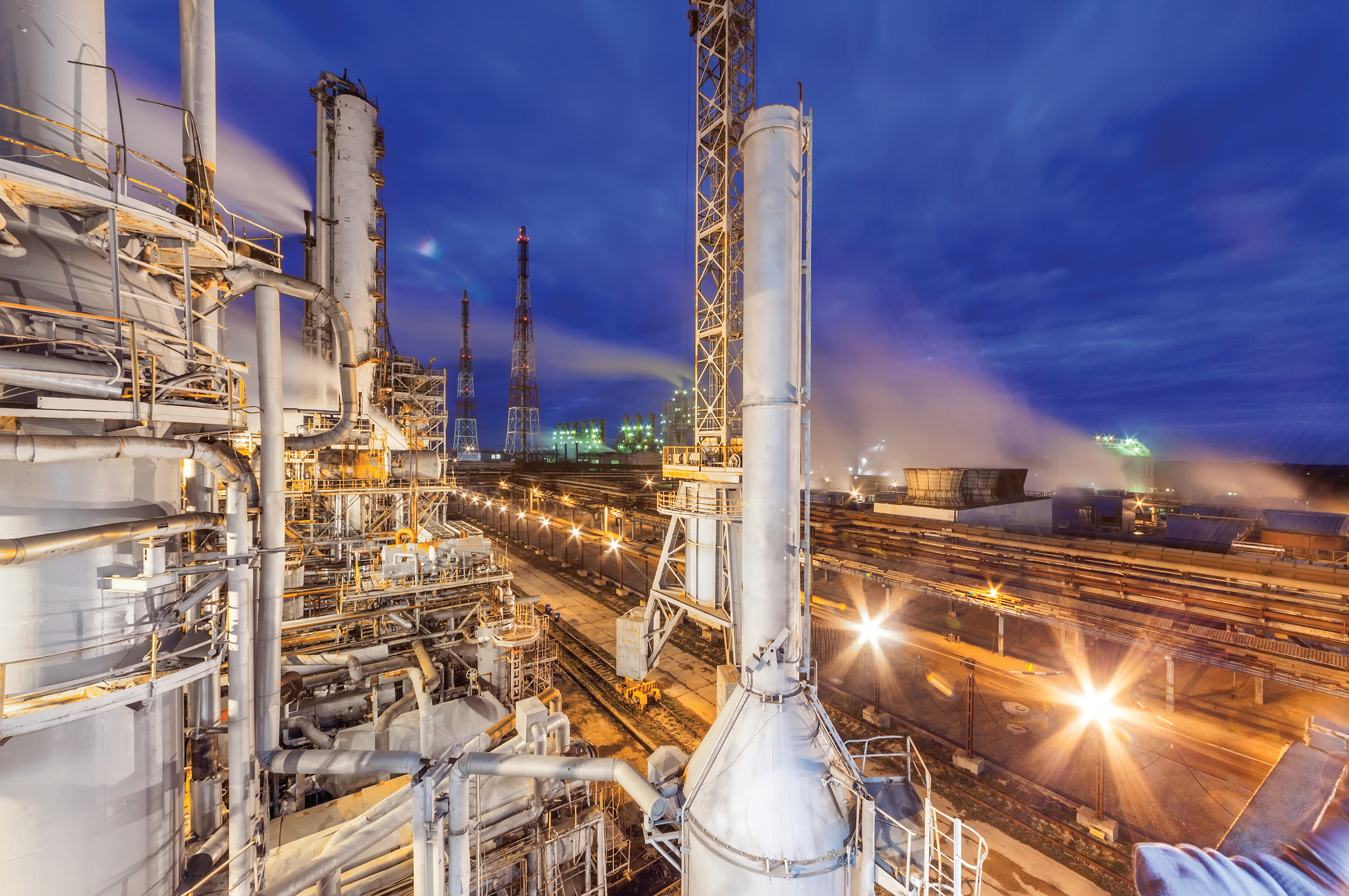

A gas plant in Southern Alberta, was limited on phosphate discharge from its wastewater facility. By taking a problem-solving approach, Veolia provided a solution that reduced phosphate discharge, water and chemical consumption, as well as carbon emissions. These changes generated an overall annual savings of $51,850.
Veolia proposed a transition of the boiler treatment to the all-polymer Solus AP chemistry. This new treatment prevented deposition to the boiler previously observed.
A new treatment strategy also allowed better control of boiler cycles of concentration, optimizing fuel, water and chemical usage.
Across North America and worldwide, companies in every sector work to reduce their impact on the environment while optimizing production efficiency and controlling operating costs.
Phosphate has been a standard boiler treatment to help control deposition since the 1970s, but is now being displaced by all-polymer solutions that are more performant and less impactful to the environment.
The use of phosphate chemistry for boilers tends to generate sludge and does not promote optimal heat transfer surface cleanliness. This prevents optimization of boiler cycles. When boiler feedwater is allowed to concentrate or “cycle-up,” blowdown volumes are reduced, equating to lower water and energy usage.
With looming changes to environmental dis-charge permits, there was a need to reduce phosphate (PO4) loading at the customer’s effluent treatment system.
The biggest challenge was that at times, a percentage of the boiler blowdown containing up to 20 ppm PO4 would be sent to the effluent system untreated for phosphate removal due to the location of one of the boiler blowdown sumps and the KlarAid* chemical feed injection location for the phosphate removal treatment. This put the plant at higher risk for phosphate excursions in the effluent and dis-charge permit exceedances. Figure 1 shows a diagram of the wastewater treatment system.
Options to correct this were limited and included rerouting the boiler blowdown sump to connect upstream of the KlarAid injection, so all of the water going to the effluent system would be treated at all times, requiring complex and costly structural modifications. Veolia suggested instead to change the boiler internal treatment chemistry to Solus AP, a novel non-phosphate boiler treatment program.

Figure 1: Wastewater flow diagram.
Changing the internal treatment chemistry also presented an opportunity to improve the boiler’s cycles of concentration control. The new treatment strategy set a dosage regimen that made it easy for operators to optimize cycles, reduce water consumption and optimize fuel usage of one package boiler and two waste heat recovery boilers (WHRB) onsite
Veolia recommended the use of Solus AP, a new generation boiler internal treatment that uses its patented boiler terpolymer (BTP). BTP is a multifunctional polymer that limits deposit formation by maintaining incoming feedwater contaminants, such as calcium and magnesium hardness, in a soluble form for efficient rejection to the boiler blowdown. BTP also functions by distorting crystal growth, thus reducing the size of particles formed and altering the surface charge of suspended particles and boiler tube surfaces, reducing the particle-to-particle attraction and their attraction to the boiler tube walls.
Phosphate-based programs in the presence of contaminants such as hardness ions are referred to as “precipitating-programs” as they form sludge which requires efficient removal, lest it can be the source of deposition as well. The Solus all-polymer program was strongly recommended as the plant had a history of hardness excursions, making phosphate sludge management an additional challenge.
The Solus AP treatment was added in place of the existing phosphate precipitation program starting in March 2019, and an 8-week startup procedure was employed to transition the internal treatment chemistry. The new treatment strategy applied targeted 70-80 cycles of concentration, double what the boilers previously operated at. Since the plant couldn’t track hydraulic cycles with flowmeters and controllers, using an accurate dosage method and monitoring helped increase cycles in the boilers, resulting in energy, water and chemical savings.
Result
As a result of the transition to Solus AP, boiler cycles were increased from an average of 40 cycles of concentration to 75 cycles. As boiler water concentration increases, less hot chemically treated water is discharged, so cold untreated boiler feedwater is reduced.
The increase in boiler cycles led to annualized water savings of 1MM US gallons, fuel savings of $9,777 and boiler treatment chemical savings of $18,977. The fuel savings converted to a reduction of CO2 emissions of 200 Tons/year.
The reduction in makeup water also resulted in savings related to the plant's demineralizer operations. Following the increase in boiler cycles, the demineralization plant needed to perform 52 fewer regenerations year over year on their co-current cation and anion units, resulting in acid and caustic savings of $11,246.
By eliminating the phosphate-based boiler treatment, phosphate loading to the effluent plant was reduced by over 200 kg of PO4 per year. This decreased the usage in Klaraid treatment used for effluent phosphate removal to the amount of $11,846 per year, but more importantly, reduced the phosphate concentration discharged by 1 ppm as PO4 and eliminated the risk of exceedances to the plant’s discharge permit.
*Trademark of Veolia; may be registered in one or more countries.
